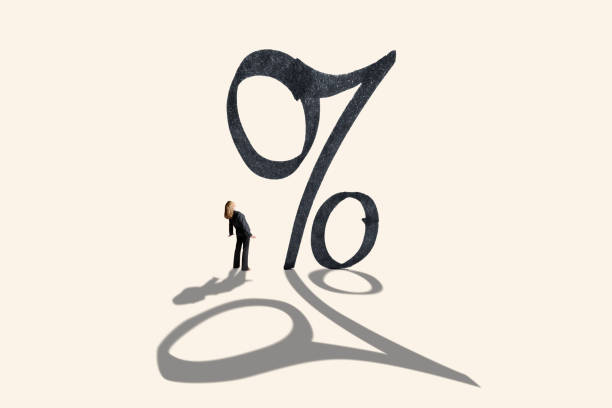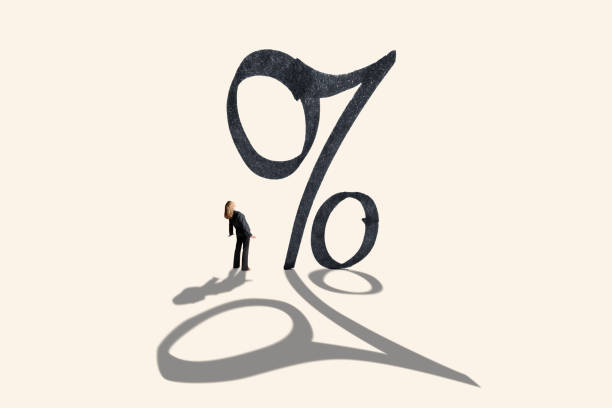
Summary
United States: From Factories to Construction Sites, Supply Shortages Slow Activity
- Economic reports this week for both manufacturing and homebuilding shared two main themes: disappointing headline numbers, but plenty of backlogs for future work. Whether it is new homes or durable goods, the biggest clog in the production pipeline continues to be supply shortages, and it is increasingly evident that no part of the economy is spared from their pernicious effects.
- Next week: Personal Income & Spending (Thurs), Employment (Fri), ISM Manufacturing (Fri)
International: U.K. Inflation Soars to a 30-Year High
- In the context of elevated global price pressures, inflation in the United Kingdom is showing no signs of slowing down anytime soon. The February CPI surprised to the upside, rising 6.2% year-over-year, as higher prices for energy and commodities have started to reverberate throughout the economy to affect prices more broadly.
- Next week: China PMIs (Thurs), Japan Tankan Survey (Fri), Eurozone CPI (Fri)
Interest Rate Watch: Interest Rate Volatility Near a Decade-High
- The roller coaster ride for U.S. interest rates continued this week. By at least one measure, interest rate volatility is currently well above its average over the past decade and is nearing the highs reached during the peak of the COVID crisis in March 2020.
Credit Market Insights: Looking Back at 2021 with the Distributional Financial Accounts
- The Federal Reserve’s Distributional Financial Accounts was released for the fourth quarter of 2021, giving us more information on the state of households across diverse segments of the American population. Across the socio-economic spectrum, household balance sheets have been bolstered since the onset of the pandemic, with growth particularly concentrated at the lowest and highest ends of household wealth.
Topic of the Week: Prices Keep Pumping Up at the Pump
- Gas prices reached record highs during the first weeks of March, raising concerns about the potential implications for consumer spending. It’s a predictable pivot, as a sudden price increase in a product that most households cannot do without has historically been associated with wilting consumer sentiment.
Full report here.


 Signal2forex.com - Best Forex robots and signals
Signal2forex.com - Best Forex robots and signals




